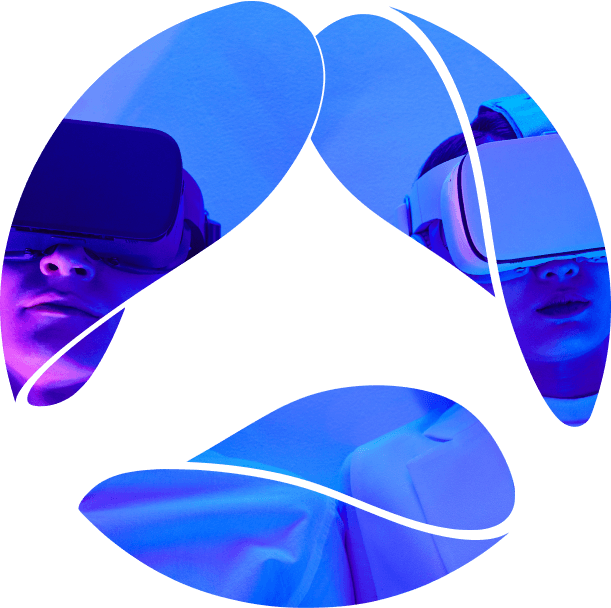“This is only the beginning of augmented reality applications. By using the augmented reality app, we were able to contribute to business applications of ARKit and create a couple of concepts,” says Dmytro Skorokhod, iOS developer and ARKit expert.
Augmented Reality in business is much more successful because of its ubiquity, while VR is more focused. VR’s main forte is that it completely immerses a user into virtual and augmented reality business opportunities, making it an excellent tool for gaming or 3D films. According to the report, Augmenter Reality in business is a powerful marketing tool that can address the market of smartphones and tablets as they both cannibalize and grow it. The possibilities and fields of augmented reality apps for business are significant.
AR in business uses
Slowly but surely, augmented reality is changing the shape of commerce. Tractica predicted that by 2023 an installed base of actively used augmented reality apps will grow to more than 2.2 billion apps.
Augmented and augmented reality solutions can be applied to various industries. One of the most interesting cases comes from the manufacturing industry with the following:
Retail
In retail, augmented reality has a myriad of opportunities. It would help if you decided whether it would be an in-store or out-of-store experience. The first means customers will interact with an AR application within the store’s walls. This could be virtual fitting rooms to help customers decide on the size or color of a product.
Out-of-store experience means your customers can stay in their homes for an augmented reality experience. Like Converse, The Sampler app allows customers to try on a pair of sneakers virtually to pick a favorite model. EBay Inc. recently announced that it’s working on an AR kit to make shopping more fun and efficient. It will, for instance, allow sellers to select the right box size for a product by overlaying an image of a box over merchandise.
Real estate
Since the Internet is the number one place buyers and renters look for new homes, Augmented Reality in business has much to offer for real estate agents. It can help customers experience homes differently, filter the ones they like and don’t like, and save time for clients and realtors. It is an excellent tool for construction workers as well. They bring blueprints and images to real life for clients to see how their prospective new home might look.
Interior design
AR-empowered interior design applications are here to help make the right decision about the size and style of a new piece of furniture. One of the most famous examples comes from the Swedish retail giant IKEA and its IKEA Place AR app. It makes buying decisions easier by enabling you to “try on” their pieces in your room and take photos and videos of the result. It is so precise that you can even see the texture of the furniture.
Tourism and maps
For tourism, AR has a lot in store as well. Museums allow more in-depth information about the exhibits or even by overlaying your phone over a skeleton to see what a creature looked like. China is among the countries that grasped AR opportunities to create engaging shows and draw tourists. Street signs, road maps, mobile device apps that help navigate and explore cities, hotel room tours – the sky’s the limit here.
Training and education
Bringing AR technology into the physical environment of a classroom can make education more engaging, interactive and make even the most boring subject a bit fun. By using smart glasses or downloading and accessing apps on their phones, students can get more detailed information or step-by-step instructions and, most importantly, a better understanding of the subject.
Healthcare
One of the industries that can benefit from augmented reality is healthcare. From helping patients identify and describe their symptoms better, with apps like EyeDecide that can show the impact of, for instance, cataracts on the whole human body and eye and thus help a patient understand the symptoms. Or being useful to nurses in finding veins easier to finally assisting surgeons during procedures – they all seem like great ways of taking advantage of augmented reality.
Dating industry
To further prove that using augmented reality in business can virtually disrupt any industry consider Flirtar – the first augmented reality-based dating app. It starts like a pretty standard app; you can log in using your social networks, fill out your profile, and start a search. But unlike swipe left/right usual dating apps, you can scan your surroundings to find app users and a dating prospect.









